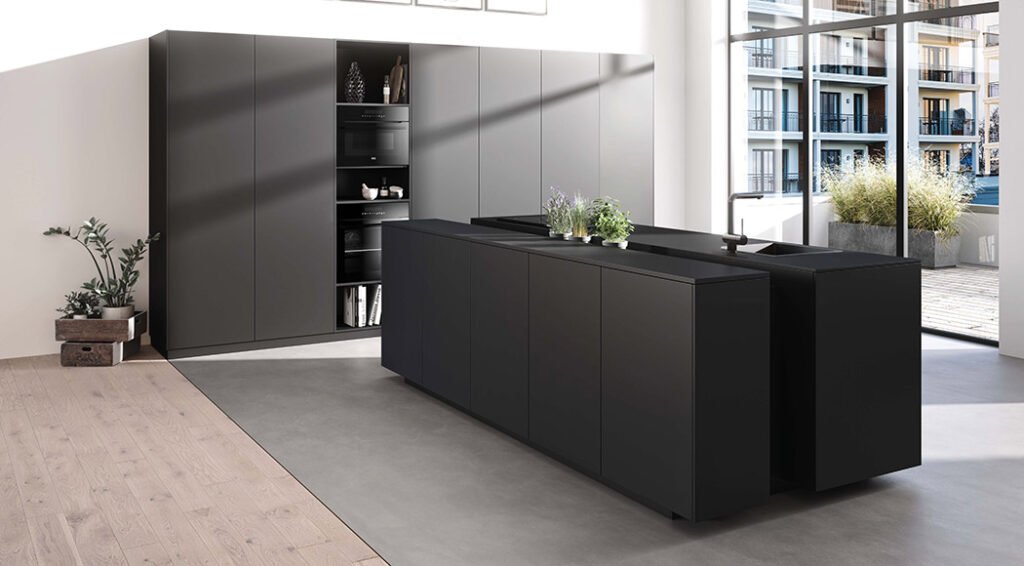Metal decorative surfaces come of age in the kitchen
Kitchen trends are always evolving and if 2021 taught us anything, the kitchen is at the heart of the home and needs to be both practical and pleasing to the eye. As more refined materials move into the kitchen space in 2022, demand for decorative metal surface finishes continues to grow. So, why are metal surfaces in the kitchen so popular, and why do some have ‘touch appeal’?
Decorative aluminium for interiors
Due to metal’s versatility as a medium, it is used throughout commercial and domestic interiors on wall claddings, flooring, furniture, light fittings and much more. An area where its appeal has endured is in the kitchen. From splashbacks to door fronts and from work surfaces to kitchen appliances, metal’s long-lasting, wipe clean and durable appeal has ensured it is a surface of choice for many kitchen designers.
However, not all metal decorative panels and surfaces have been created equal. Some are more durable than others, based on how they have been treated. As experts in the preparation of aluminium surface finishing for interior and exterior applications, here are some things to look out for when specifying metal kitchen finishes:
Will it last?
To achieve long-lasting good looks, ensure that the metal surface can be treated with an additional lacquered finish to maximise scratch resistance. Also check how the supplier applies their colour pigments which can be either embedded in the anodising layer or even be part of the translucent lacquer – this delivers stunning results whilst maintaining the “real metal” appearance. If aluminium foils are to be applied to base material such as ABS, PVC, or as part of an HPL system, ensure that they have received the correct a pre-treatment primer for adhesion, to maximise lifetime.
Thanks to the coloured pigments embedded in the anodising layer during processing, Alanod’s coloured anodised metal surfaces are highly durable as well as stunning to look at and are available in a variety of colours. Also, to preserve the decorative surface structure of Alanod’s aluminium qualities, a non-opaque, translucent lacquer system can be applied to give further protection. Alanod’s DECO PRIME® aluminium foils can also be pre-treated with primers for adhesion to a range of base materials, including ABS, PVC and other plastics, and for certain surfaces with an HPL primer.
Does it have that metallic touch?
When metal surfaces are processed, this can be done in such a way as to lose that all-important metallic touch. To maintain that metal feel and cool touch, ensure that the surface has been finely anodised with an appropriate coating. To ensure emotional connection for users, Alanod’s aluminium foils can deliver either a cool or soft metallic touch, dependent on the coating used.
Are special finishes needed?
Is a specific pattern or texture required on the metal? If so, ensure that the surface chosen is suitable for the sublimation process. Alanod offers special treatments to improve the ‘wettability’ of the metal surface, to aid processing using silkscreen of sublimation printing.
Whether the metal surface is being used on kitchen cabinets, furniture, doors, frames and shelves, or household appliances and electronic devices, it is worth ensuring that the pre-treatment process delivers the look, feel and longevity you are after. As metal surface innovation continues, kitchen designers are presented with even more design opportunities for this material. It looks like the trend for metallic kitchen surfaces is well and truly here to stay.
Find out more here about Alanod’s latest range of 100% recyclable DECO PRIME® coloured thin aluminium foils.

